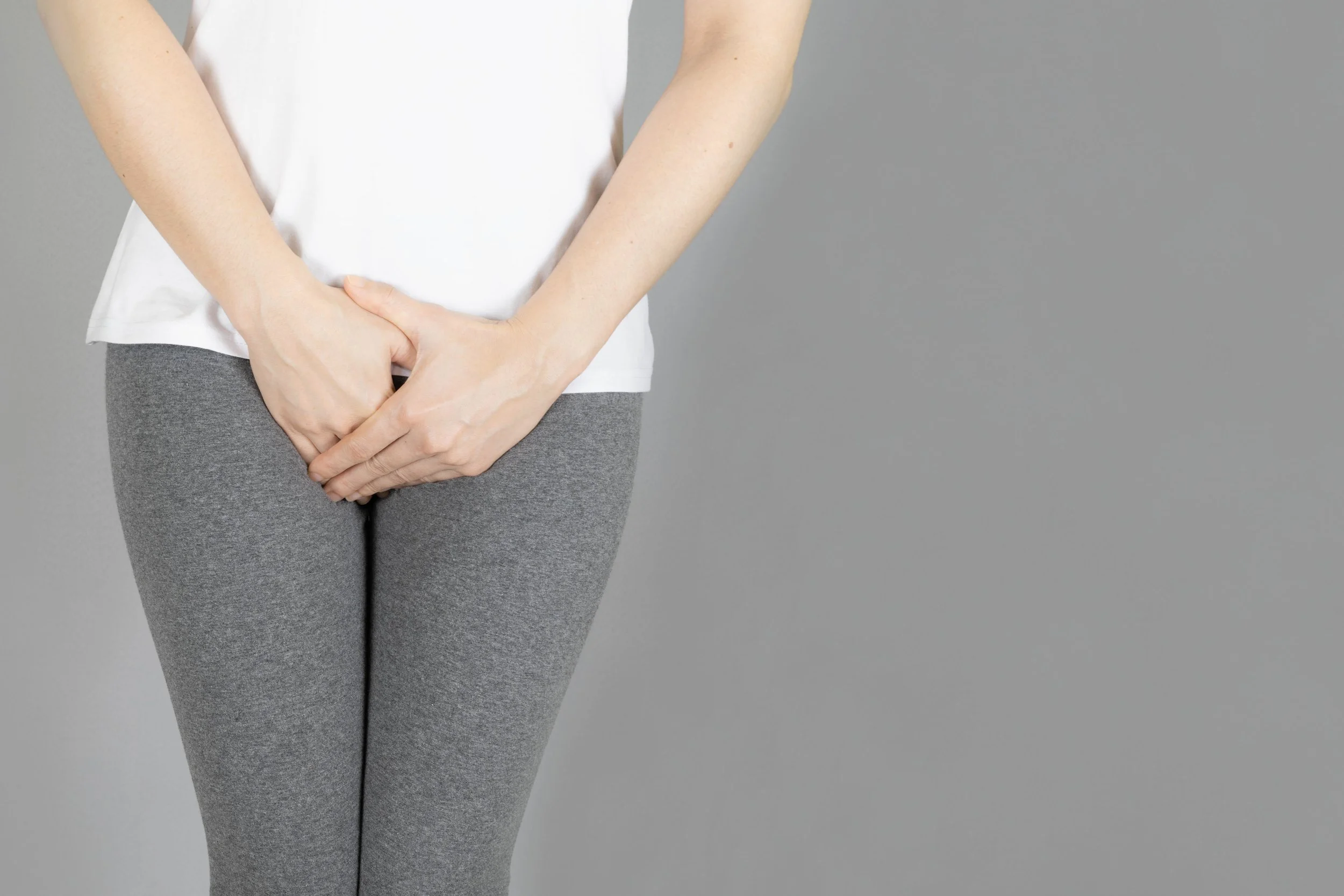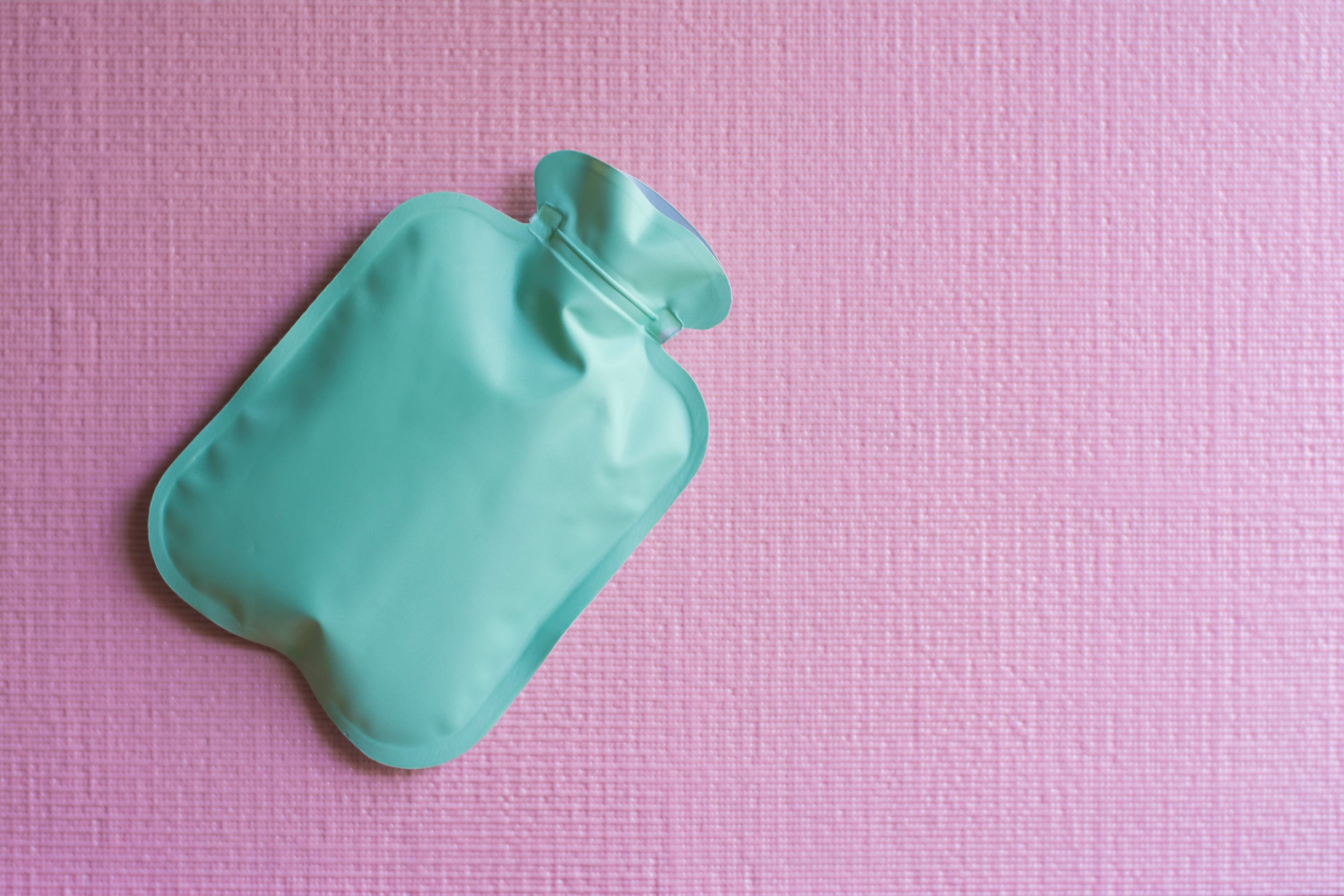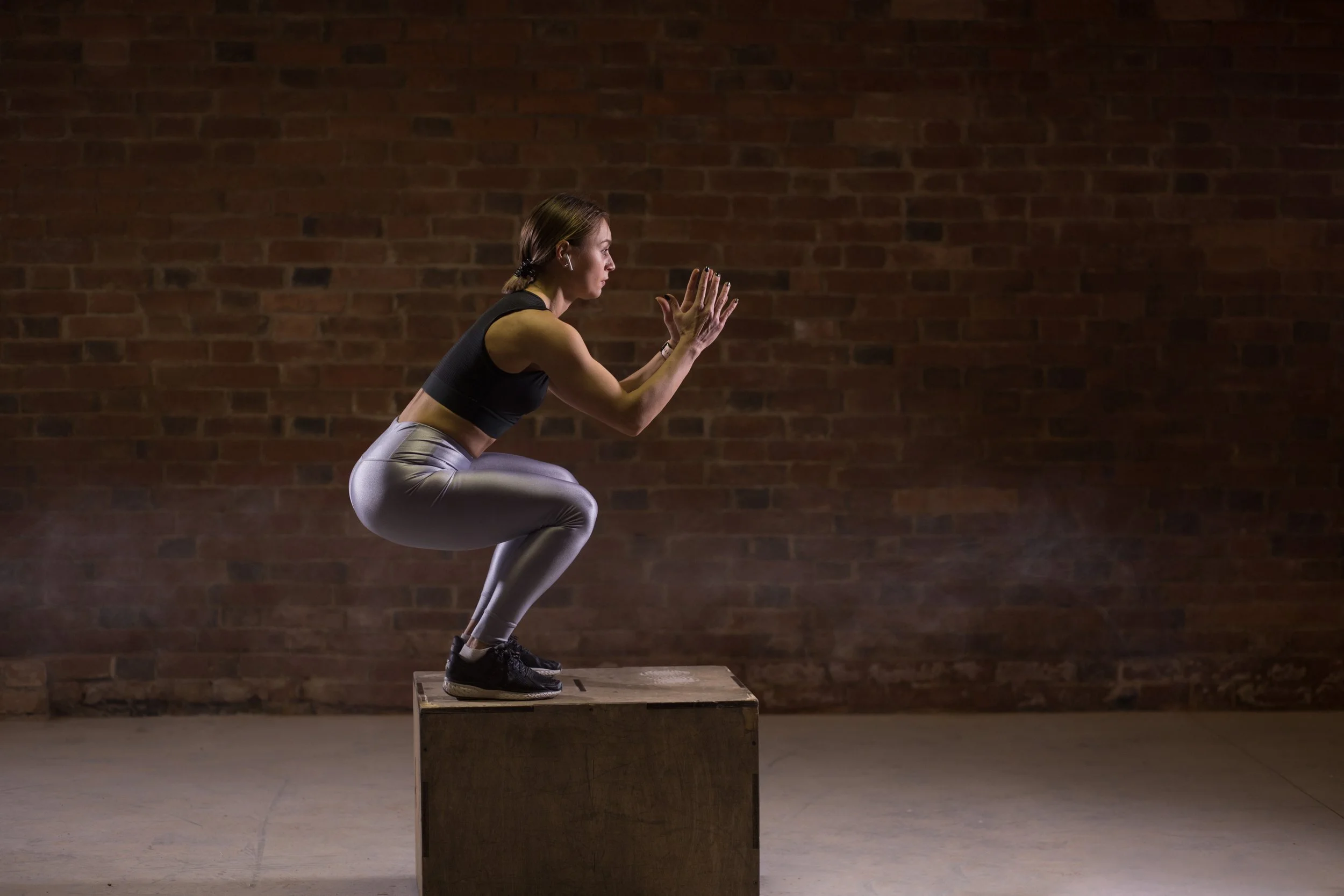The pelvic floor consists of several layers of muscle contained within the pelvis that are designed to support the abdominal and pelvic organs, allow for proper bowel and bladder voiding, sexual activity, and child birth. Just like any other muscle in the body, we can experience issues from these muscles being too weak, too short, too long, overactive, or underactive. However, pelvic floor muscles can be rehabbed similarly to our other muscles as well. For example, if I strain a muscle in my leg, I’m going to work on getting the injured muscle and the surrounding area stronger, improve muscle length, and activate at the appropriate times. The pelvic floor muscles function in the same way as other muscles in our body, and need similar attention if there is pain or dysfunction.
Turkey Bowl
Raking Leaves
Mark Bouma, PT takes readers through the areas to watch out for while raking leaves. The fall changes in the PNW is a time of beautiful color but also typically wet and heavy leaves.
Patellofemoral pain is largely a diagnosis of exclusion. There can be many causes of knee pain and it is important for your healthcare provider to properly assess your individual condition. Many individuals have anterior knee pain with prolonged sitting with flexed knees.
There are three common provocative diagnostic tests that are most closely correlated with patellofemoral joint pain:
Squatting
Climbing Stairs
Eccentric Step-Down Test
Research has linked several key factors that may contribute to an individual developing patellofemoral pain. These factors are not present in everybody who has symptoms, but there are often impairments in one or more of these areas found during a physical therapy exam.
Pregnancy & Postpartum Incontinence
The pelvic floor consists of several layers of muscle contained within the pelvis that are designed to support the abdominal and pelvic organs, allow for proper bowel and bladder voiding, sexual activity, and child birth. Just like any other muscle in the body, we can experience issues from these muscles being too weak, too short, too long, overactive, or underactive. However, pelvic floor muscles can be rehabbed similarly to our other muscles as well. For example, if I strain a muscle in my leg, I’m going to work on getting the injured muscle and the surrounding area stronger, improve muscle length, and activate at the appropriate times. The pelvic floor muscles function in the same way as other muscles in our body, and need similar attention if there is pain or dysfunction.
TMJ Pain
It is estimated that up to 25% of the population suffers from pain in the jaw at some point in their lives. (1) This pain is commonly referred to as TMJ or TMD, acronyms that stand for Temporomandibular Joint or Temporomandibular Dysfunction respectively. This can manifest in jaw or face pain with eating, talking, and singing, painful clicking/popping, restricted range of motion when opening or closing the jaw or resting muscular pain in the jaw. (1) If any of these listed symptoms apply to you, seeking physical therapy may help.
The temporomandibular joints are made up of your mandibular bone and the temporal bone of your skull. The joints include surrounding ligaments that help to control and support jaw motion as well as a disc which acts as a cushion for the joint.
Running Warmup & Stretching?
It is that time of year where many people are hitting the pavement and trails ramping up for races or just general fitness goals. Some may have gutted out the wintry weather and tried to sneak in runs during breaks in the rain or indoors on the always reliable treadmill. With an increase in volume of running, we often see repetitive stress injuries that can come with inadequate attenuation of forces. If you’ve been running long enough, chances are you know someone or have a running partner who dealt with a recalcitrant tendon issue, whether involving the Achilles tendon, peroneal tendon or patellar tendon. Or maybe you had to deal with it yourself. If so, hopefully you’ve packed your patience as the process can be frustrating. If you have ever had these injuries sideline you then you know how it can hinder your ability to compete in athletic activities. It’s helpful to understand the physiology of what is happening to the tendon in order to know how best to treat it, ideally while working alongside a physical therapist familiar with running and jumping injuries.
March for Larch
Hiking is high on the list of PNW pastimes. It’s a great excuse to explore the mountains and enjoy every bit of the natural beauty that Washington State has to offer. Peak hiking season in Washington tends to run from late Spring through summer, as the snow melts and the temperatures get warmer. However my personal favorite is a short window of a few weeks in early Autumn– larch season. Larches are a variety of trees that may at first glance resemble a typical pine, but larches do not stay green year-round. Unlike their evergreen neighbors, larch tree needles turn a beautiful golden yellow color in the early fall. For two to three weeks at the end of September until the first snows in October, the Pacific Northwest is blessed with beautiful variation in the forests as those golden yellow pine trees reach peak color. It’s a short window before the trees begin to lose their pine needles as temperatures drop, so you don’t want to miss out on the annual larch madness.
Precautions for Hiking
Sacroiliac Joint Pain
The diagnosis and treatment of the sacroiliac joint (SIJ) can be challenging and is highly debated within the research and among clinicians. While the existing research is focused on investigating variations of mobilizations and manipulations to treat SIJ dysfunction, it is deficient in how to enhance treatment and patient’s self-efficacy with specific exercises. With that in mind, I’ll aim for brevity in my review of the anatomy and biomechanics of the SIJ region so I can focus on existing research and a few “clinical pearls” that I have picked up through my continuing education and practice treating SIJ pain in the clinic. The pelvis can be thought of as a ring or bowl holding our internal organs. The interface between the sacrum (triangular bone at the base of the spine) and ilium bones form the sacroiliac joints. Because of this orientation, the SIJ is well equipped to help manage forces through the pelvis through a combination of bony connections, ligamentous attachments, and muscular attachments. While the sacrum is the attachment point for several major muscle groups (multifidus, erector spinae, latissimus doris, gluteus maximus, piriformis, and portions of the pelvic floor), the sacrum itself does not move in isolation, and it is heavily impacted by muscles attaching in and around the pelvis.
Ankle Sprains
It’s a beautiful fall morning and you are walking your dog along a path near your house. The birds are singing and the trees are bright green with new buds of growth. As you place your right foot down on the trail, your ankle gives way and it feels like you stepped into a hole. You lurch to your right off the trail and narrowly recover your balance to prevent a fall. You immediately notice a familiar sharp pain along the outside of your ankle. As you examine the trail behind you, you notice a very small pebble on the flat trail where your ankle gave way. Why do these tiny pebbles continue to cause your ankle to roll every 3-6 months?
Up to 70% of people who sustain an acute ankle sprain may develop chronic ankle instability with the likelihood of additional ankle sprains. When you sprain your ankle, the connective tissues (ligaments) are stretched or torn. Each subsequent sprain leads to further weakening (or stretching) of the ligaments, resulting in greater instability and the likelihood of developing additional problems in the ankle.
SpikeBall
Summer is here, which means change is upon us. Whether you spend this time of year gardening, spring cleaning, or taking in the sunshine doing yard work, these kinds of activities require a lot of lifting which could cause a low back strain. I recently moved and I could not help but notice my back feeling sore the next week or so. I was humbly reminded that I am no longer in my early twenties– gone are the days of lifting and carrying with pure strength and little care for form. I quickly learned that if I want to continue being helpful for future moving days, I have to maximize proper movement strategies to minimize all those aches and pains. As your local physical therapist, I wanted to highlight good lifting mechanics and provide some helpful tips that will limit your chance of injury for your next moving day.
Heat or Ice?
Ice or Heat: Body Pain’s Greatest Question
Life has a funny way of leaving its mark on us and quite often it can hurt! By now you’ve likely experienced some kind of injury that caused bruising, swelling, and worst of all pain, either acute or chronic. With any injury therein lies the proverbial question, “should I use ice or heat?” The concept of applying these thermal modalities can seem relatively simple and straight forward but it can become confusing as not every injury presents the same. Thus it makes senses why I’m frequently asked which one should be used for a particular injury. Sometimes I’ve suggested that both are appropriate depending on the situation. Improper use of these modalities can slow your recovery, so it is important to base your decision on physiology and what is most safe and effective.
Little League Elbow
Chances are that you have heard the term Little League elbow. Most have encountered
it in the media, during youth playing days, or from their own children. As a medical
provider specializing in youth throwing and overhead athletes (baseball, softball, tennis,
etc.), I’d like to provide some clarity around something that is commonplace yet poorly
understood. This article answers the questions: What is Little League elbow? What
causes it? How do you treat it? How is it prevented?
Moving Day
Summer is here, which means change is upon us. Whether you spend this time of year gardening, spring cleaning, or taking in the sunshine doing yard work, these kinds of activities require a lot of lifting which could cause a low back strain. I recently moved and I could not help but notice my back feeling sore the next week or so. I was humbly reminded that I am no longer in my early twenties– gone are the days of lifting and carrying with pure strength and little care for form. I quickly learned that if I want to continue being helpful for future moving days, I have to maximize proper movement strategies to minimize all those aches and pains. As your local physical therapist, I wanted to highlight good lifting mechanics and provide some helpful tips that will limit your chance of injury for your next moving day.
Scoliosis Treatment
Adolescent Scoliosis
In the United States, adolescent scoliosis was aggressively screened in primary & secondary educational institutions then subsequently over-diagnosed due to the relatively high general population prevalence of 0.47% - 5.2%. The presence of scoliosis does not always necessitate professional intervention, in fact only 10% of scoliotic curves require medical intervention. Additionally, Schroth method certification is the gold standard for physiotherapy-specific scoliosis exercise (PSSE), and clinicians with Schroth background are not always readily available.
Why Do My Joints Pop?
What is a Squat?
What Is a Squat? A Physical Therapist’s Perspective
Are you a fitness fanatic? A weekend warrior who hits the gym once a week? Or are you someone who has never exercised before? Regardless of the answer, the reality is that you probably squat multiple times a day. Look no further if you have ever asked yourself: is squatting safe? Or Should I be squatting? The purpose of this blog is to provide you with an overview of what happens during a squat, how it is performed, and who should be doing it.
ACL Series Part 3: Rehab
Right now, I am 1.5 years post ACL surgery, but 3.5 years post ACL injury. I will be recalling my experience starting at the time of injury all the way through my individual Physical Therapy experience. This will be a multi-part series that tells my story, plus various research facts and personal details along the way.
Reducing Fall Risk
Falls have become the leading cause of injury for older adults. 27.5% of individuals 65 years and older have reported at least one fall in the past year.1 These falls can lead to serious injuries that involve broken bones or head trauma. Each year over 800,000 people in this age group are hospitalized due to a fall injury and 95% of hip fractures are caused by a fall.2 However, falls are preventable. Working to recognize the modifiable risk factors in our lives can help reduce the chance of fall and injury.
ACL Series Part 2: Surgery
Right now, I am 1.5 years post ACL surgery, but 3.5 years post ACL injury. I will be recalling my experience starting at the time of injury all the way through my individual Physical Therapy experience. This will be a multi-part series that tells my story, plus various research facts and personal details along the way.
Hip Osteoarthritis
Osteoarthritis is one of the most common orthopedic conditions among physical therapy patients. Osteoarthritis (OA) describes degeneration of cartilage and, eventually, bone in a moving joint. The development of OA can be the result of a previous injury or specific joint condition but is most often idiopathic in nature.1 Knees, hips, and thumbs are notorious for developing OA as a result of the large, repetitive forces these joints have to absorb over the course of a lifetime.2 The term OA refers to a wide spectrum of joint degeneration and can sometimes be used to describe a joint that appears damaged on an X-ray but doesn’t hurt or cause a decline in function (asymptomatic osteoarthritis). Various studies of the general population in the U.S. estimate that 20-28% of adults aged 60+ have evidence of hip OA on an X-ray, yet only 4-10% of this population have pain or poor function due to hip OA.3,4 Although an X-ray may show hip joint degenerative changes, treatment generally does not occur until someone begins to have symptoms.























